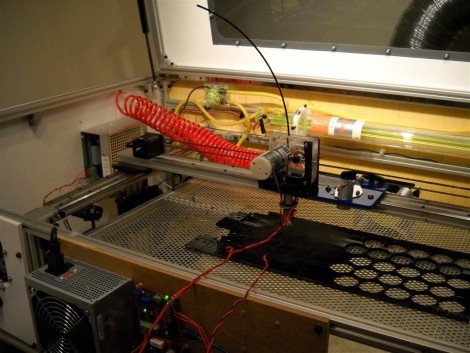
[Jonathan Crawford] is ready and willing to fire things up with his flaming trombone. A couple of years back his band teacher was going through the storage room triaging instruments. This trombone suffered from a bad case of red rot and would never function well again so [Jonathan] was able to get his hands on it and get to work.
He started by sanding down the instrument and painting it with high-temperature spray paint. Flexible copper tubing intended for an ice maker was used to relocate the propane outlet inside the bell of the instrument. A barbecue igniter, controlled with the player’s left thumb, lights the flame.
The torch that [Jonathan] is using would only allow a small amount of gaseous propane to come out the nozzle. He ended up drilling out the aperture, and using a short piece of vinyl tubing to bridge the gap between the nozzle and the supplementary copper tubing. At full blast this allows liquid propane to escape so be warned.
You can see him demonstrating this indoors in the video after the break. He mentioned to us that the first time he tried this out he set off the smoke detector. You’ve got to be careful when playing with fire, whether it’s a musical instrument, or a wearable flamethrower. So, you know, don’t try this at home. Continue reading “76 Flaming Trombones Led The Big Parade” →
















